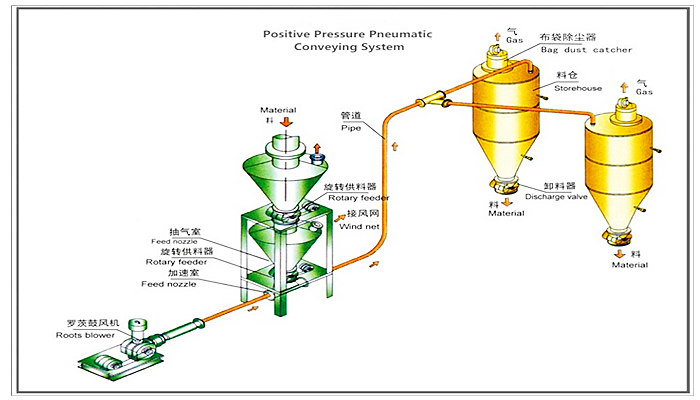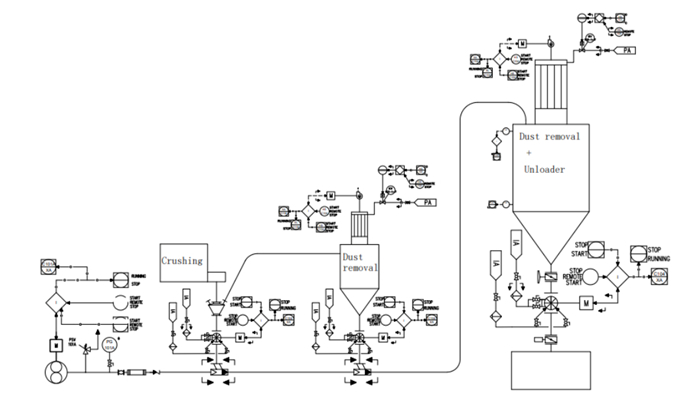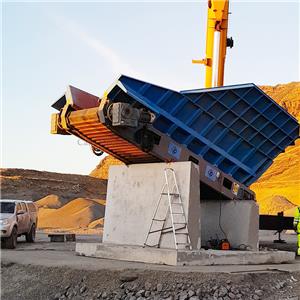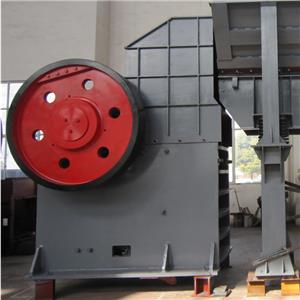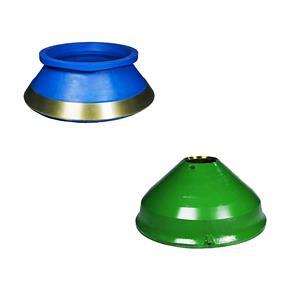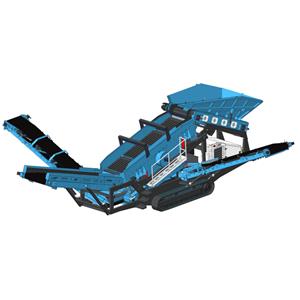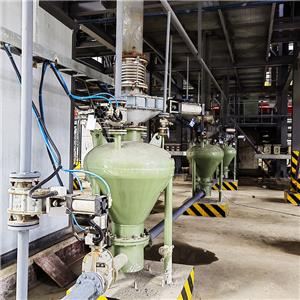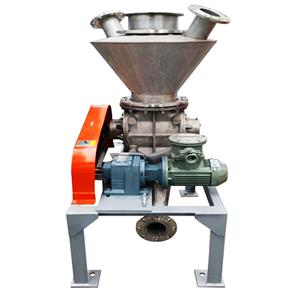- Home
- >
- News
- >
- Company news
- >
- Design of a pneumatic conveying system for PET powder
Design of a pneumatic conveying system for PET powder
Design of a pneumatic conveying system for PET powder
The design of this pneumatic conveying system adopts CAFU's actual engineering performance in petroleum, petrochemical, chemical, food, pharmaceutical, grain and oil, electric power, metallurgy, building materials and other industries, and adopts the most optimized design concept, which is low energy consumption, saving investment and low maintenance cost while meeting the process requirements.
In order to meet the performance and requirements of the whole process, the project adopts positive pressure dilute phase pneumatic conveying process; according to the basic principles of fluid mechanics and aerodynamics, combined with the theory of gas-solid two-phase flow and knowledge of particle science related disciplines, according to the local meteorological conditions and process design and material characteristics, in the system capacity design, the margin system is designed according to 120%, that is, the conveying design capacity to meet the 2.5t per hour pneumatic conveying process requirements. The whole system consists of five parts: air source system, material supply device, piping device, material and gas separation device, electrical control system, etc.
Suspension flow is the flow mode of high wind speed in the conveying tube, and the material is moving in flying state, which belongs to low concentration conveying form. Suspension flow is divided into two kinds, one of which is low wind speed, close to the suspension limit wind speed. The material is concentrated in the bottom part of the suspension tube bottom flow (or called low-speed suspension flow), see the following chart suspension tube bottom flow (Layer Flow):
low-speed conveying

The second is the high wind speed, the material is dispersed flow of suspension dispersion flow. This form of conveying system has been widely used because of its low restriction requirements and simple design.
See the diagram below for Suspension Flow:
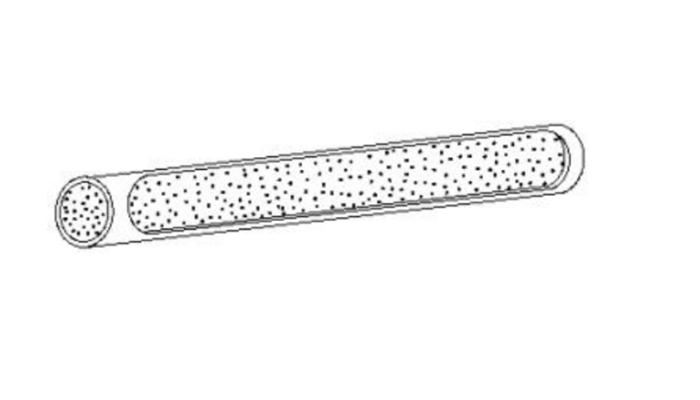
The minimum air velocity required to maintain suspension flow varies depending on the diameter of the conveying pipe, particle size, particle density, gas density (pressure), etc. The minimum air speed required to maintain the suspension flow varies depending on the pipe diameter, particle size, particle density, gas density (pressure), etc.
For example, for pneumatic conveying of general-purpose resin pellets, the required wind speed is 16 to 17 m/s when conveying at low pressure near atmospheric pressure using DN100 pipes.
At high pressure, for example, 0.2 to 0.3 MPa, the required air speed is 8 to 10 m/s.
Compared with the suspended and dispersed flow, the pipe bottom flow (low-speed suspended flow) has the following advantages: ① high solid to gas ratio and high conveying efficiency; ② small material breakage; ③ small wall wear. The disadvantage is that the wind speed is close to the critical wind speed of suspension flow, so when the conveying load changes, it is easy to produce line blockage. In addition, the wind speed in the pipe changes according to the conveying load (conveying volume × distance), and the situation that the bottom flow and the dispersed flow coexist in the conveying pipe where the wind speed changes a lot. At the same time, when conveying powder, in many cases, the bottom of the pipe flow and the dune flow coexist.
CAFU's under-pipe flow system is designed to solve both: ① abnormal quality of conveyed material and wear and tear of pipes due to excessive wind speed at the end. ② Insufficient wind speed causes stagnation and plugging of powder near the feed section and unstable conveying pressure. It not only reduces the equipment and operation cost, but also enables the pneumatic conveying system to operate stably.

